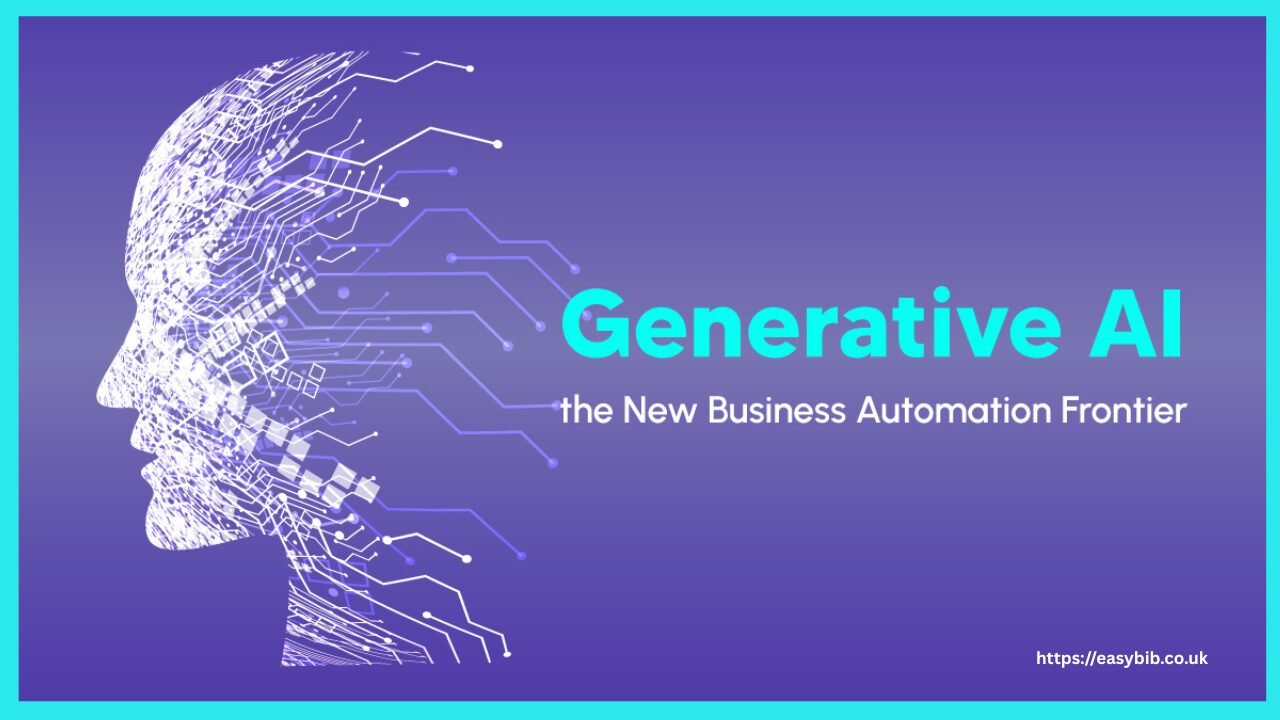Generative AI: The Next Frontier for Customer Experience Automation

The idea that machines can “understand” customers used to sound like marketing fiction. Now it’s quietly becoming a reality. Generative AI in customer experience (often referred to as Generative AI for CX) is reshaping how companies communicate, predict, and even express emotions. It’s not about chatbots reciting scripts anymore. It’s about systems that improvise, learn tone, and adapt in real time, creating human-like conversations that don’t feel robotic.
From Response to Relationship
Customer service used to be reactive: someone asks, a system answers. With GenAI services, that pattern flips. Gen AI for customer service reduces resolution times by more than 60%, while improving customer satisfaction scores. Generative models can analyze context across the entire customer journey, blending transactional data with emotion signals. That’s how they offer proactive support: predicting what the customer might ask before they even type.
But automation doesn’t mean dehumanization. A Harvard Business Review study found that when AI handles routine requests, human agents have more time for empathy-driven interactions. The result isn’t fewer jobs, but less repetition and more value.
Hyper-Personalization at Scale
The magic word here is scale. Generative AI for CX enables hyper-personalization, once thought impossible, for large enterprises. It writes product recommendations, loyalty messages, or even service apologies in a tone tailored to each user’s sentiment and channel. Imagine a complaint expressed in frustration: the AI modulates its response, striking a balance between offering an apology and addressing the problem.
Natural language understanding (NLU) and extensive knowledge base automation enable this. The AI continuously updates itself with new insights, turning every interaction into training material. The more it serves, the brighter it becomes.
The Architecture of an AI-Powered Customer Experience
Building an AI-powered customer experience is not about plugging in a chatbot and hoping for the best. It requires a layered approach:
- Data orchestration. Clean, structured, omnichannel data is the backbone.
- Generative reasoning. Models like GPT and Claude aren’t just predicting text; they synthesize intent, tone, and outcome.
- Automation flows. Integrations with CRM, ERP, and support systems enable seamless action, not just conversation.
- Continuous learning. Feedback loops where customer sentiment and resolution outcomes refine the next interaction.
- Human oversight. Because even the most advanced AI requires ethical and emotional calibration.
This structure transforms reactive systems into self-improving ecosystems and automates customer experience.
The Subtle Shift: From Support to Anticipation
The future of customer support is moving from reactive problem-solving to anticipatory service. Think of it as customer care that doesn’t wait for trouble. If a shipment is delayed, the system automatically drafts a personalized apology, a discount code, and a shipping update before the customer clicks “Contact Us”. Studies from McKinsey show that companies adopting this model experience up to a 30% higher customer loyalty and a 40% lower churn rate. That’s operational today.
READ MORE
Where It’s Going
Will every brand embrace GenAI services overnight? Unlikely. Some industries still fear “AI overreach”. But the shift is inevitable. Generative AI in customer experience is not about replacing people; it’s about scaling empathy. The line between support and relationship management is blurring, and AI becomes a creative partner in designing emotion-aware interactions.
